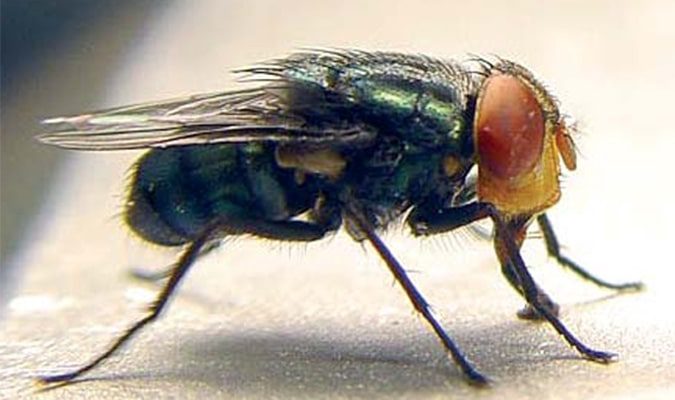
The urgent need to prevent the spread of the New World screwworm (NWS) into Texas and the United States continues to draw heightened attention from state and federal officials, agricultural groups, and industry stakeholders. The most recent detection in Mexico occurred roughly 370 miles south of the U.S. border.
Earlier this summer, the Texas Association of Dairymen (TAD), joined by more than 140 other organizations, sent a letter urging U.S. Secretary of Agriculture Brooke Rollins and the administration to take aggressive action against the pest.
On Aug. 15, Rollins traveled to Austin to join Gov. Greg Abbott and stakeholders from across the country to announce the largest initiative yet under the U.S. Department of Agriculture’s (USDA) plan to halt the northward migration of the screwworm. This announcement builds on USDA’s five-pronged strategy released in June.
The centerpiece of the new effort is a planned $750 million facility in Edinburg, Texas, that will produce up to 300 million sterile flies per week. Sterile flies are a proven method to reduce wild populations that spread NWS. This will be the only U.S.-based sterile fly facility and will be located alongside a previously announced sterile fly dispersal facility at Moore Air Base.
In addition, Rollins announced USDA will expand the hiring of mounted patrol officers, known as “Tick Riders,” and other staff dedicated to border surveillance. USDA also intends to invest $100 million in research and innovation to accelerate new technologies that can enhance sterile fly production.
At the state level, Texas House Agriculture Committee Chairman Ryan Guillen (R–Rio Grande City) and Rep. Stan Kitzman (R–Bellville) have filed legislation aimed at combating the threat.
TAD and other agricultural organizations continue to advocate for swift action, warning that an unchecked spread of the New World screwworm could have catastrophic consequences for the U.S. dairy industry and agriculture as a whole.


